Home>Ideas and Tips>Unearthing Treasures Antique Hardware Restoration
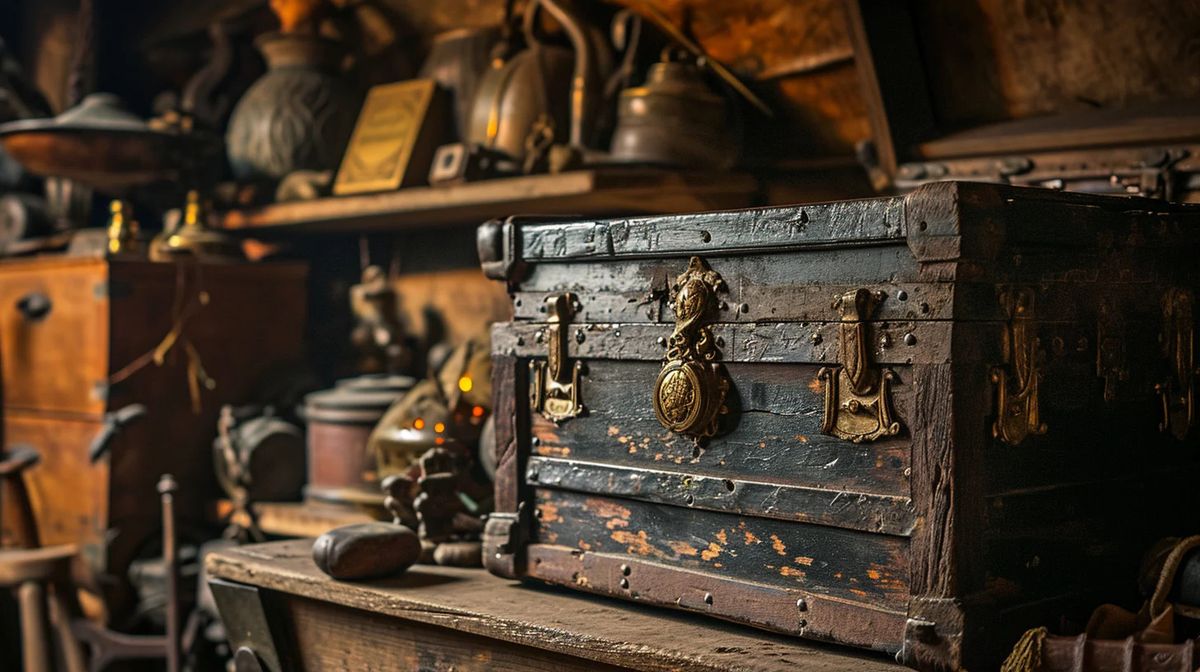

Ideas and Tips
Unearthing Treasures Antique Hardware Restoration
Published: October 19, 2024
Discover the art of antique hardware restoration. Learn techniques to revive historical pieces and add unique character to your home.
(Many of the links in this article redirect to a specific reviewed product. Your purchase of these products through affiliate links helps to generate commission for Storables.com, at no extra cost. Learn more)
Restoring antique hardware is not just about bringing old items back to life; it's about preserving history and adding character to your home. Whether you're a seasoned DIY enthusiast or a newcomer to the world of home improvement, this guide will walk you through the steps and techniques involved in restoring antique hardware.
Why Restore Antique Hardware?
Restoring antique hardware isn't just a hobby; it's a way to connect with the past. Each piece of hardware, whether it's a doorknob, hinge, or lock, tells a story. These items were crafted with care and attention to detail that's often missing in modern pieces. By restoring them, you're not only preserving a piece of history but also adding a unique touch to your home. Imagine the stories these pieces could tell if they could talk! Plus, there's something incredibly satisfying about taking something old and worn and making it look beautiful again.
Historical Significance: Many pieces of antique hardware date back to the 19th century or earlier. They were made during a time when craftsmanship was highly valued. Each piece has a story to tell about the era in which it was made and the people who used it. By restoring these items, you're preserving a piece of history for future generations.
Unique Character: Antique hardware adds a unique touch to any room. Modern hardware can be beautiful, but it often lacks the character and charm of older pieces. Restored antique hardware can set your home apart from others, giving it a distinctive look that's hard to replicate.
Environmental Benefits: Restoring old hardware is also good for the environment. By reusing and repurposing these items, you're reducing the need for new, resource-intensive products. This helps to conserve natural resources and reduce waste.
Aesthetic Appeal: The intricate designs and craftsmanship of antique hardware can be breathtakingly beautiful. From the detailed engravings on a Victorian doorknob to the elegant curves of an Art Deco hinge, these pieces are works of art in their own right. Restoring them allows you to appreciate their beauty and craftsmanship.
Supplies Needed
Before you begin your restoration project, you'll need the right supplies. Here are some essential items:
- Crockpot: A crockpot is often used to soak the hardware in a solution that helps loosen paint and grime.
- Steel Wool: Steel wool is used to scrub away old paint and grime.
- Chemical Stripper: A chemical stripper can be used to remove old finishes, but it should be used with caution and according to the manufacturer's instructions.
- Paste Wax: Paste wax is applied to protect the metal from rust and tarnish.
- Clear Spray Lacquer: Clear spray lacquer can be used to provide a protective coating, but it is semi-permanent and may need to be reapplied over time.
- Naval Jelly: Naval jelly is a tried-and-true product for removing rust, but it is acid-based and should be used carefully.
- Soft Cloths: Soft cloths are necessary for buffing off wax and lacquer.
Step-by-Step Restoration Process
Step 1: Preparation
- Assess the Hardware: Before starting the restoration process, assess the condition of the hardware. Look for any signs of rust, corrosion, or significant damage.
- Clean the Area: Ensure the area around the hardware is clean and free from dust and debris.
Step 2: Soaking
- Use a Crockpot: Place the hardware in a crockpot filled with a solution of water and baking soda. The baking soda helps to neutralize the acidity in the paint and grime.
- Soak for Several Hours: Allow the hardware to soak for several hours or overnight. This will help loosen the paint and grime.
Step 3: Scrubbing
- Use Steel Wool: Once the hardware has soaked, use steel wool to scrub away the old paint and grime.
- Be Gentle: Be gentle when scrubbing to avoid damaging the metal.
Step 4: Removing Rust
- Use Naval Jelly: If there is rust present, apply naval jelly according to the manufacturer’s instructions.
- Scrub with Steel Wool: After applying naval jelly, scrub the area with steel wool to remove the rust.
Step 5: Stripping Old Finishes
- Use Chemical Stripper: If there are old finishes that need to be removed, use a chemical stripper according to the manufacturer’s instructions.
- Wear Protective Gear: Always wear protective gear when using chemical strippers as they can be hazardous to your health.
Step 6: Applying Protective Coatings
- Paste Wax: Apply a coat of paste wax to each piece of hardware. Leave it on according to the manufacturer’s instructions and then buff it off with a soft cloth.
- Clear Spray Lacquer: Alternatively, you can use clear spray lacquer for protection. However, this is semi-permanent and may need to be reapplied over time.
Read more: Unearthing Ancient Flooring Beneath Carpet
Favorite Restoration Pieces
Copper-Plated Sash Lift
- Method: Crockpot + Steel Wool
- Description: This piece required soaking in a crockpot filled with water and baking soda. After soaking, steel wool was used to scrub away the old paint and grime, revealing the beautiful copper plating underneath.
Copper-Plated Window Locks
- Method: Crockpot + Steel Wool
- Description: Similar to the sash lift, these window locks were soaked in a crockpot and then scrubbed with steel wool to remove old paint and grime. Note that one of the locks had lost its copper plating, highlighting the importance of thorough inspection before restoration.
Screen Door Hinge
- Method: Crockpot + Chemical Stripper + Steel Wool + Clear Spray Lacquer
- Description: This hinge required a combination of soaking in a crockpot, using chemical stripper to remove old finishes, scrubbing with steel wool, and finally applying clear spray lacquer for protection.
Eastlake Design Screen Door Top Latch
- Method: Crockpot + Chemical Stripper + Steel Wool + Clear Spray Lacquer
- Description: This piece had multiple layers of paint that needed to be removed. It was soaked in a crockpot, stripped with chemical stripper, scrubbed with steel wool, and finally coated with clear spray lacquer.
Eastlake Design Bin Pulls
- Method: Naval Jelly + Steel Wool + Paste Wax
- Description: These bin pulls were treated with naval jelly to remove rust and then scrubbed with steel wool. Finally, they were coated with paste wax for protection.
Tips and Tricks
Handling Different Metals
- Copper: Copper-plated hardware can be particularly challenging due to its tendency to tarnish over time. Use a combination of soaking in a crockpot and scrubbing with steel wool to remove old paint and grime.
- Nickel: Nickel-plated hardware may require more aggressive stripping methods if it has developed significant tarnish or rust.
- Brass: Brass hardware can be polished using a variety of methods including buffing wheels or specialized brass polishes.
Read more: How To Restore A Shed
Preserving Patina
- Avoid Over-Cleaning: Be cautious not to over-clean the hardware as this can strip away valuable patina.
- Use Protective Coatings: Apply protective coatings like paste wax or clear spray lacquer to preserve the patina and prevent further tarnishing.
Sources of Antique Hardware
Liz’s Antique Hardware
Liz Gordon’s store in Los Angeles is renowned for its extensive collection of antique hardware. Gordon’s passion for hardware began in her old warehouse in Chicago where she dealt in everything from furniture to textiles. She started organizing the little pieces that came through her warehouse and eventually selling them at local flea markets. Today, her store is a treasure trove for designers and homeowners looking for unique pieces of hardware.
Restoration Resources
Located in Boston, Restoration Resources is a primary source for antique architectural salvage. They offer a wide range of salvaged treasures including doors, windows, fireplace mantels, and of course, antique hardware. Their collection is housed in a 3-story turn-of-the-century barn and carriage house just outside of Boston.
Read more: A Georgian Restoration With A Difference
Conclusion
Restoring antique hardware is a rewarding project that not only adds character to your home but also preserves history. With the right supplies and techniques, you can bring these forgotten treasures back to life. Whether you're dealing with copper-plated sash lifts or Eastlake design bin pulls, each piece requires patience and attention to detail. By following these steps and tips, you'll be well on your way to creating a unique and historically significant collection of antique hardware that will be cherished for generations to come.
Additional Resources
For those interested in diving deeper into the world of antique hardware restoration, here are some additional resources:
- Blake Hill House: Offers detailed guides on restoring paint-covered antique hardware using simple steps and supplies.
- Family Handyman: Provides tips on restoring old furniture including wooden chairs and antique upholstery.
- Restoration Resources: Specializes in antique architectural salvage including doors, windows, and fireplace mantels.
By combining these resources with the steps outlined above, you'll be equipped with everything needed to embark on your own antique hardware restoration journey.
Final Thoughts
Restoring antique hardware is not just about restoring items; it's about preserving history and adding character to your home. Each piece tells a story of the past and can be a beautiful addition to any room. Whether you're a seasoned DIY enthusiast or just starting out, this guide has provided you with the necessary tools and techniques to bring these forgotten treasures back to life. So next time you come across an old piece of hardware at a flea market or in your attic, remember that with patience and the right supplies, it can be transformed into something truly remarkable.
Was this page helpful?
At Storables.com, we guarantee accurate and reliable information. Our content, validated by Expert Board Contributors, is crafted following stringent Editorial Policies. We're committed to providing you with well-researched, expert-backed insights for all your informational needs.
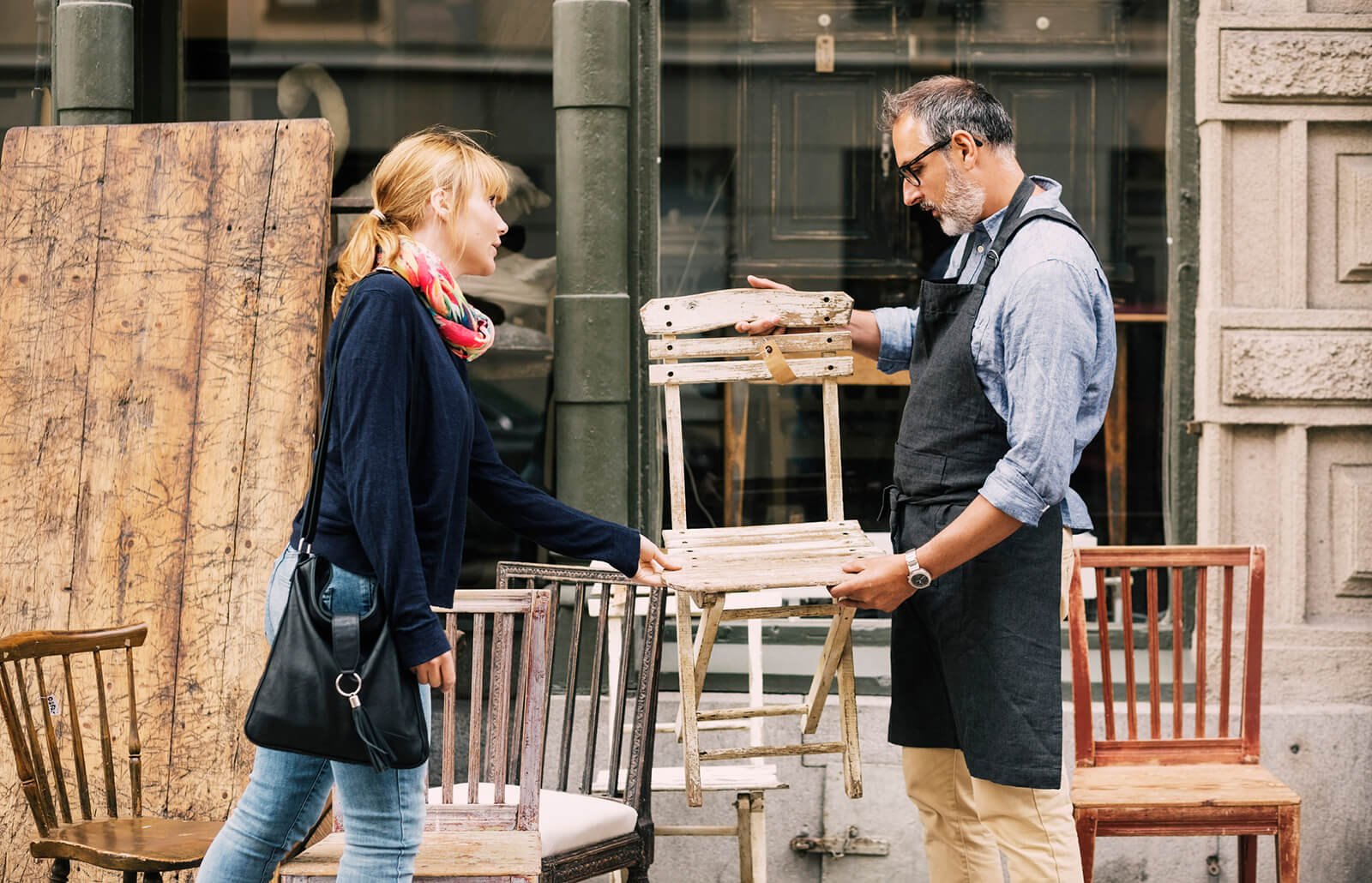
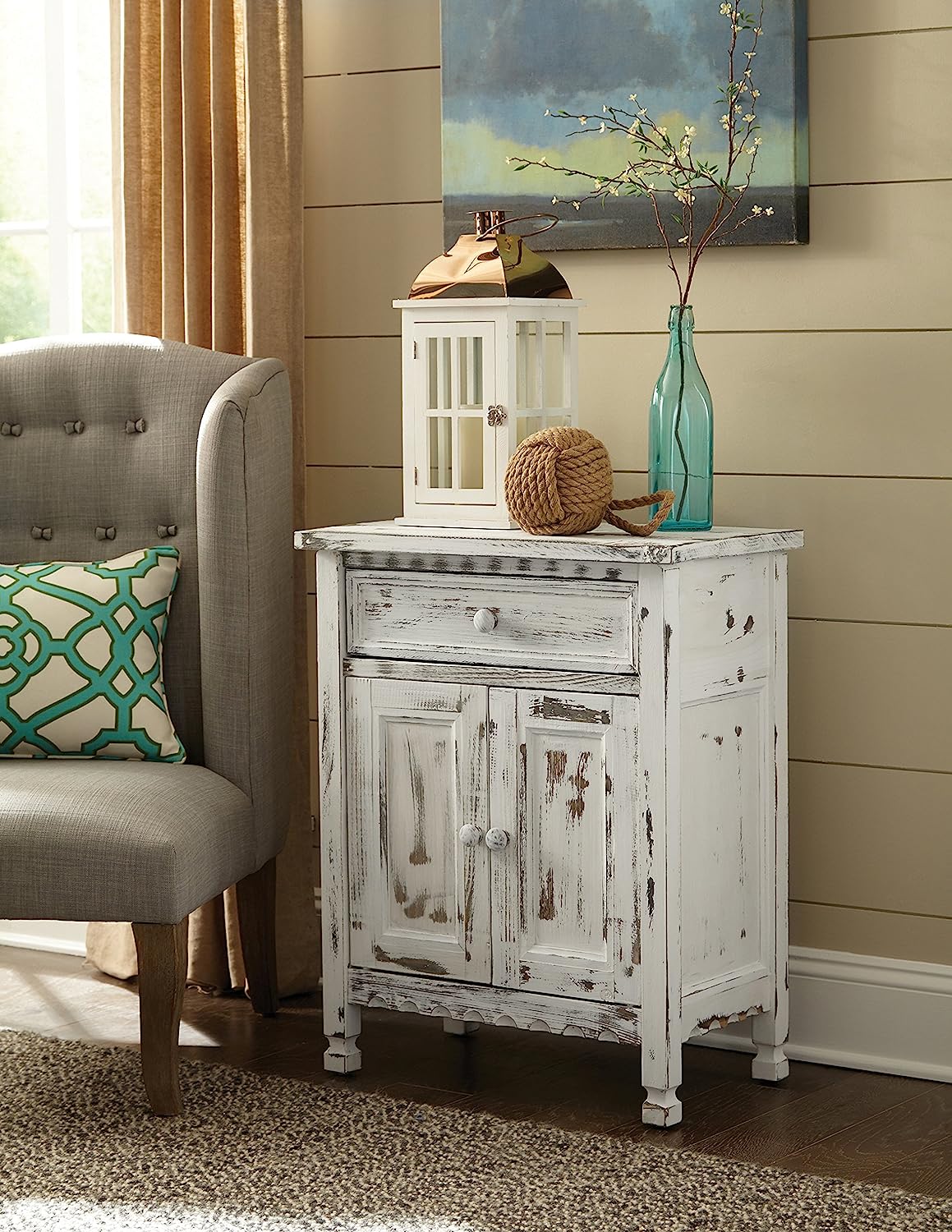
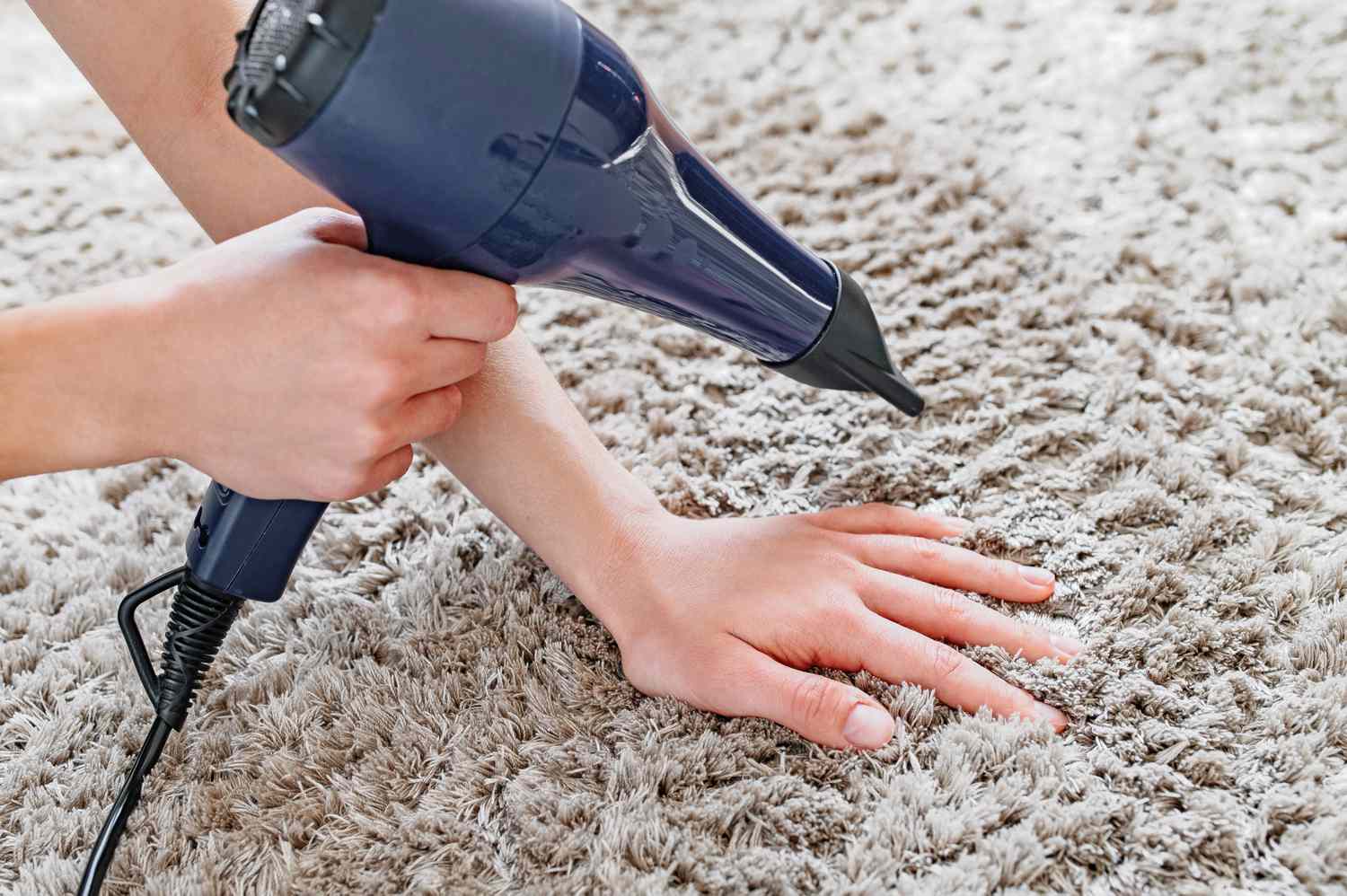
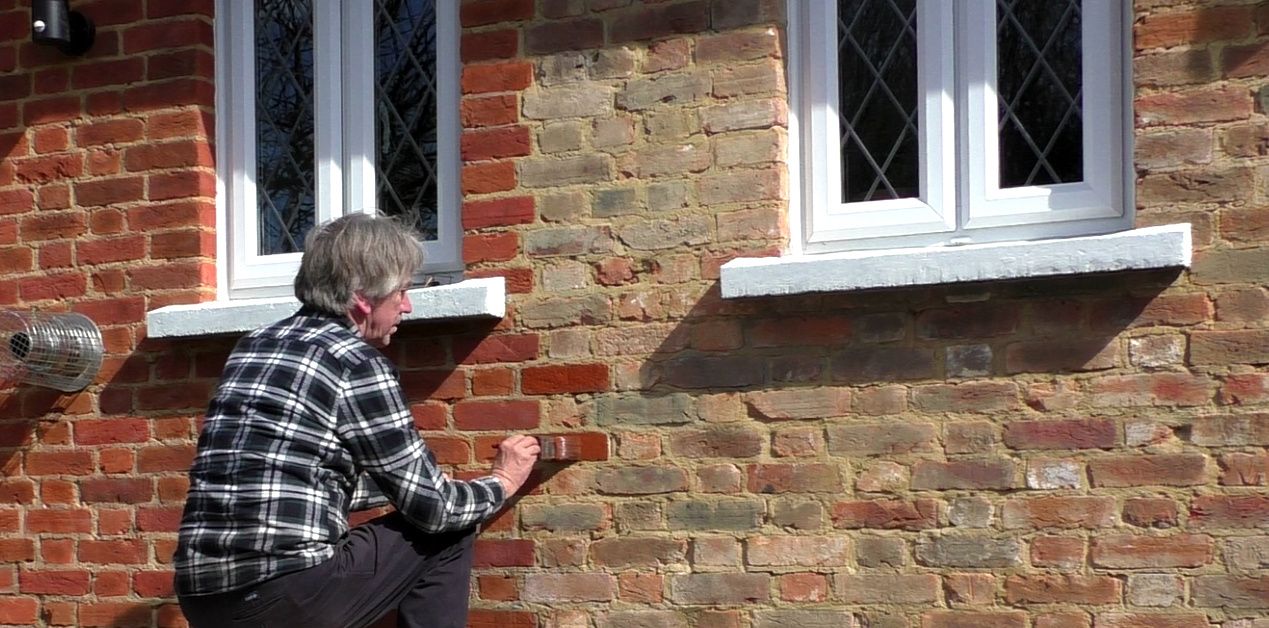
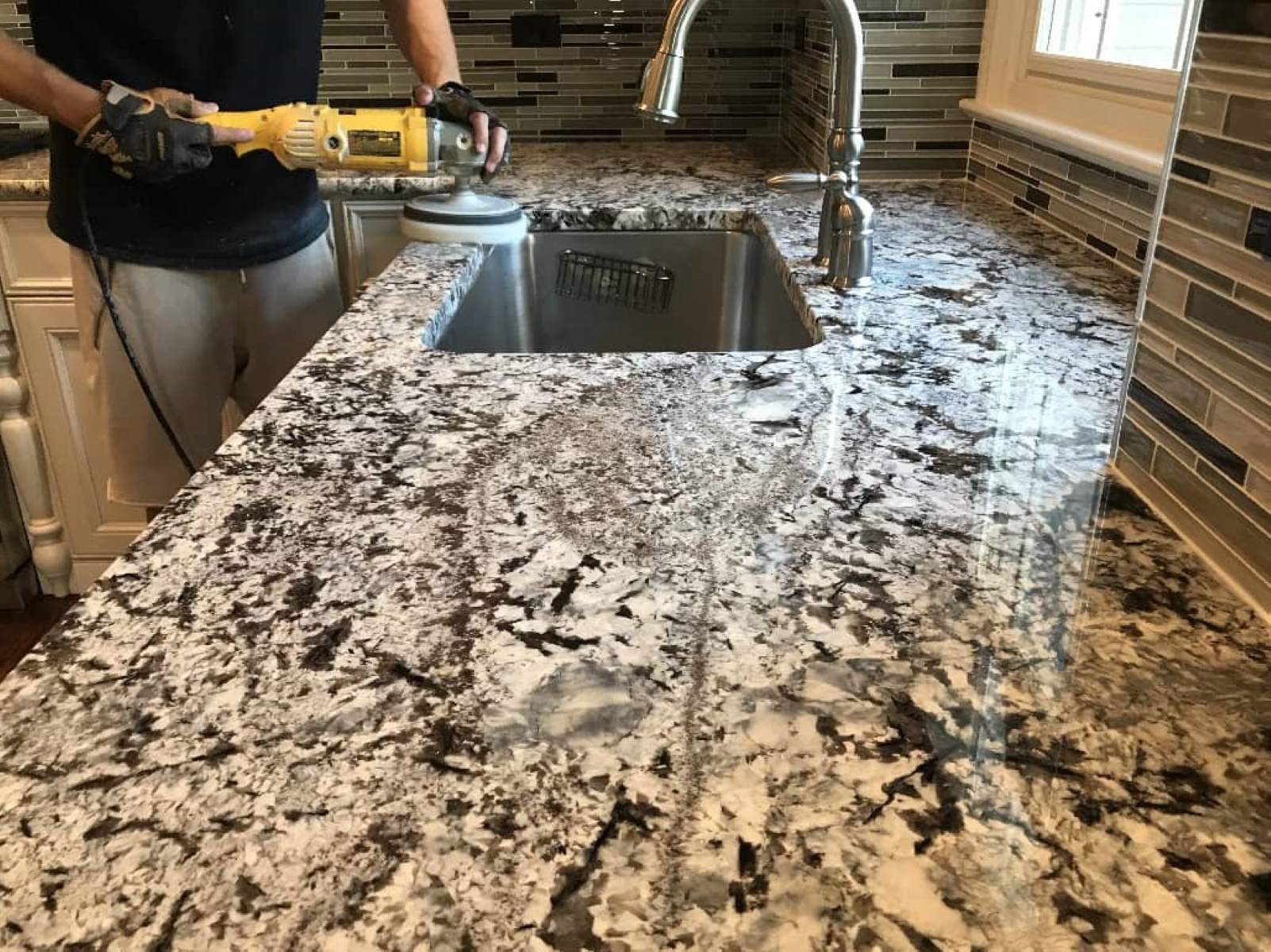
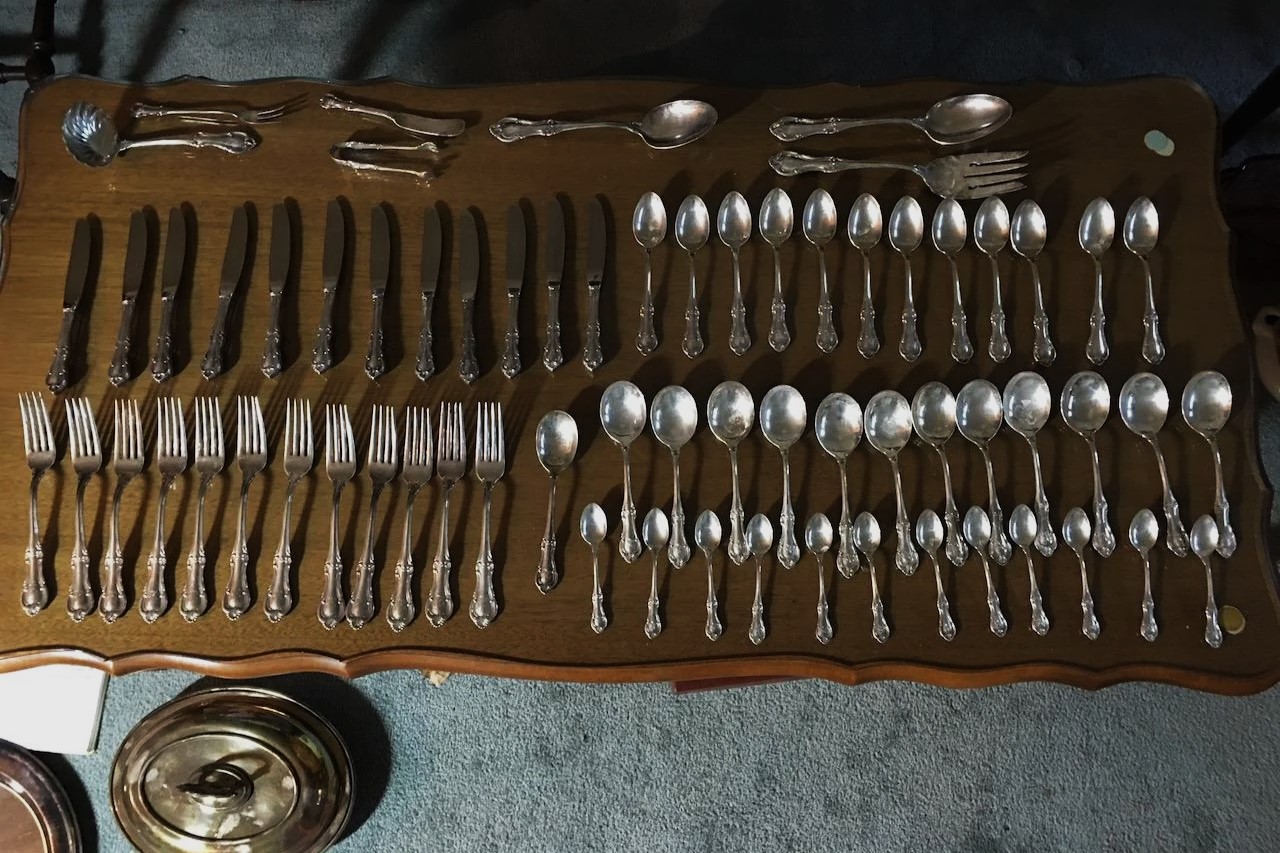

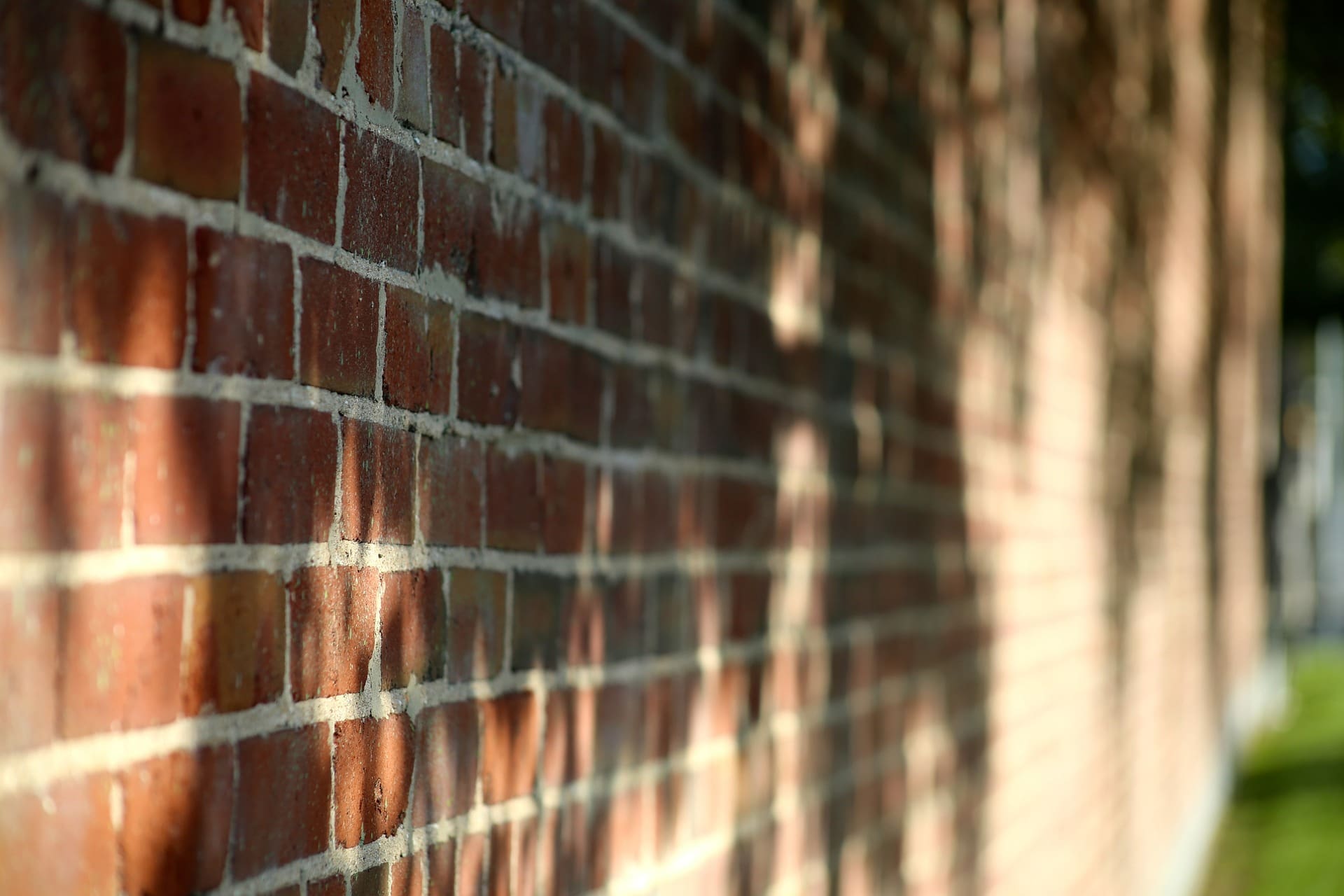
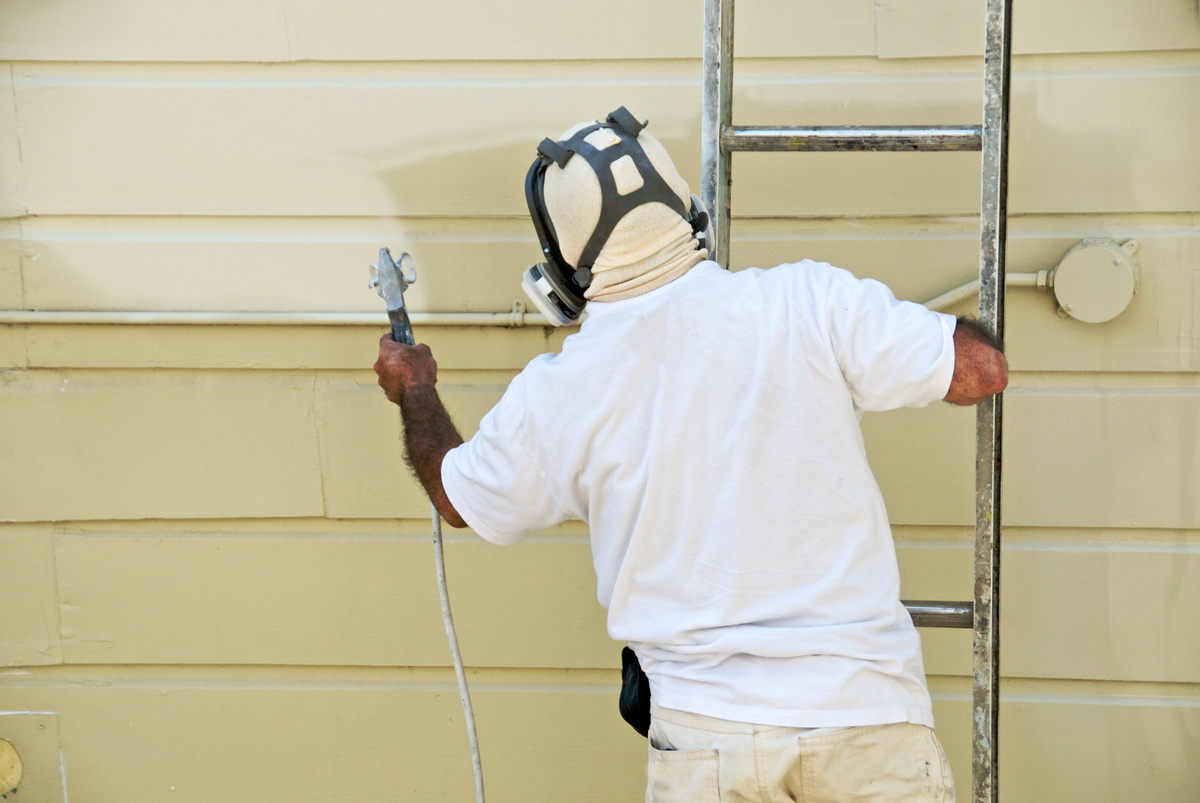
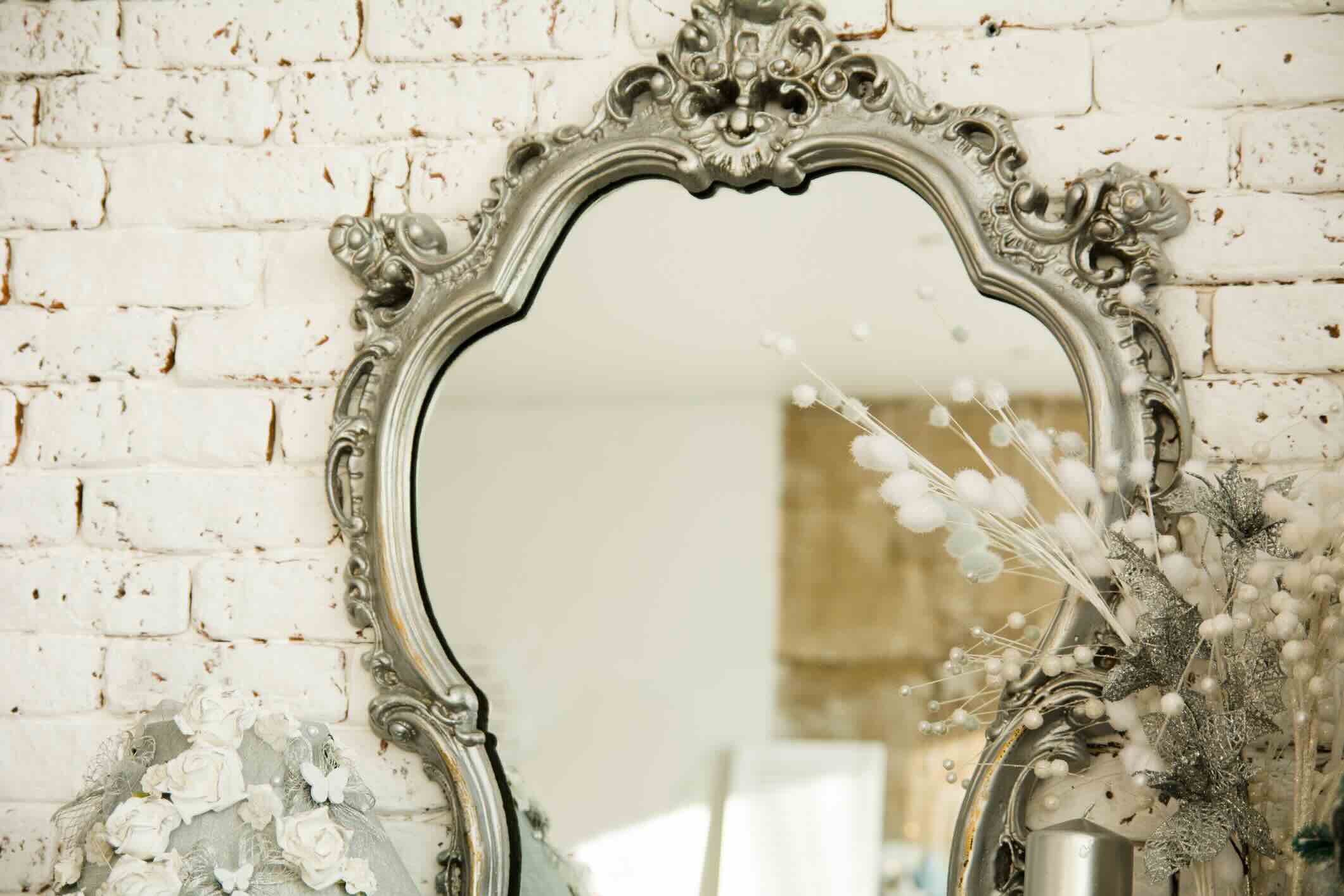

0 thoughts on “Unearthing Treasures Antique Hardware Restoration”